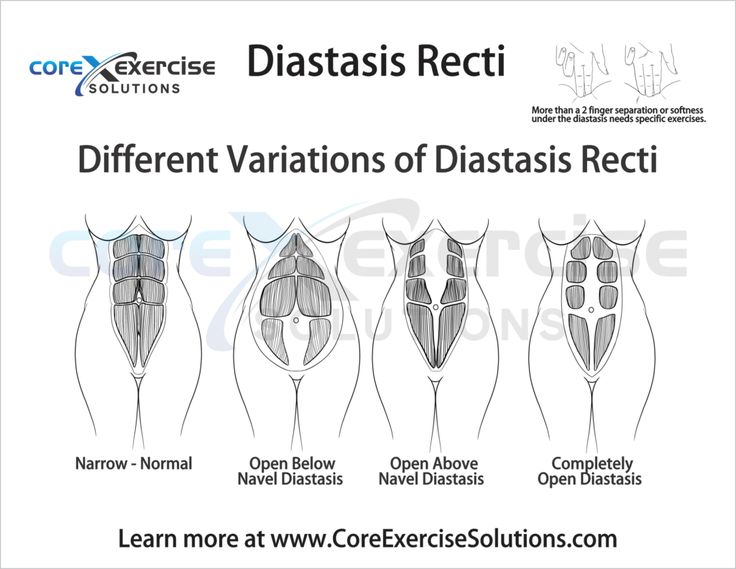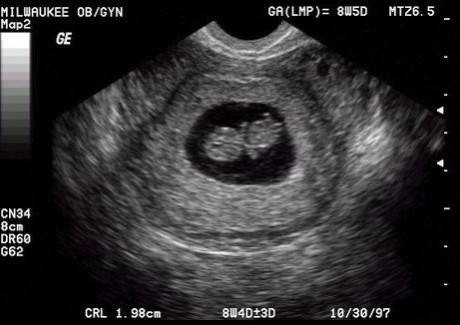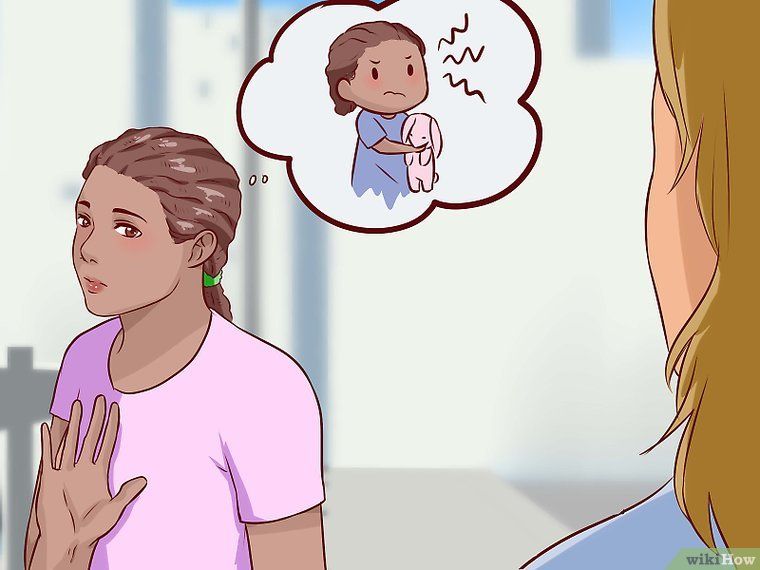How to fix ab separation
Diastasis Recti (Abdominal Separation): Symptoms & Treatment
Overview
Diastasis recti happens when a person's abdomen stretches during pregnancy and creates a gap in the abdominal muscles.What is diastasis recti?
Diastasis recti (diastasis rectus abdominis or diastasis) is the separation of the rectus abdominis muscles during and after pregnancy. The rectus abdominis runs vertically along the front of your stomach. It's frequently referred to as someone's "six-pack abs." It's divided into left and right sides by a band of tissue called the linea alba that runs down the middle. As your uterus expands during pregnancy, the abdominals are stretched and the linea alba thins and pulls apart. This band of tissue gets wider as it's pushed outward.
Once you deliver your baby, the linea alba can heal and come back together. It's highly elastic and retracts backs (like a rubber band). When the tissue loses its elasticity from being overstretched, the gap in the abdominals will not close as much as it should. This is diastasis recti.
If you have diastasis, your belly may appear to stick out just above or below the belly button, making you appear pregnant months or years after giving birth.
Why does diastasis recti happen?
Pregnancy puts a lot of pressure on your abdomen (abs). The abdomen is made up of left and right ab muscles and a thin band of connective tissue (linea alba) in between. They are pushed outward and stretched to make room for the growing baby. Diastasis recti occurs when the linea alba is overstretched and doesn't come back together. The left and right sides of the abdominals stay separated. It's also referred to as an "ab gap" or abdominal separation.
Who gets diastasis recti?
Diastasis recti is most common in pregnant and postpartum women (it can also be seen in men and infants). Diastasis recti usually develops in the third trimester. There is increased pressure on the abdominal wall because the baby is growing quickly during this time. Most people don't notice diastasis recti until the postpartum period.
How common is diastasis recti?
Diastasis recti is extremely common in those who are pregnant and during the postpartum period. It affects 60% of people. It usually resolves itself within eight weeks of delivery. About 40% of those who have diastasis recti still have it by six months postpartum.
Symptoms and Causes
What are the symptoms of diastasis recti?
Most people don't notice signs of diastasis recti until they are postpartum. You can have diastasis recti during pregnancy, but it's hard to distinguish because your abdomen is stretched.
Common signs of diastasis recti during the postpartum period are:
- A visible bulge or "pooch" that protrudes just above or below the belly button.
- Softness or jelly-like feeling around your belly button.
- Coning or doming when you contract your ab muscles.
- Difficulty lifting objects, walking or performing everyday tasks.
- Pain during sex.
- Pelvic or hip pain.

- Low back pain.
- Poor posture.
- Urine leaking when you sneeze or cough.
- Constipation.
- Feeling weak in your abdominals.
What does diastasis recti feel like?
Diastasis recti is not painful. You may feel pain associated with some of the side effects of diastasis, but the ab separation itself doesn't hurt. You may feel weakness in your core when doing once easy tasks, like lifting a laundry basket. Some people feel a jelly-like texture in the space between the left and right abdominals when contracting the ab muscles.
How do I know if I have diastasis recti?
There are some common signs that can signal you have diastasis recti. One of the most common signs of diastasis recti is a bulge in your midsection that doesn't go away, even after exercising or losing weight gained during pregnancy. Another sign is that your belly cones or domes when you lean back on a chair or get up out of bed. You can check for diastasis recti on your own, but it is always a good idea to speak with your healthcare provider about your symptoms.
What are the risk factors for developing diastasis recti?
Several factors can increase your risk for developing diastasis recti:
- Having multiple pregnancies (especially back-to-back).
- Being over 35 years old.
- Having multiples (such as twins or triplets).
- Having a heavy or big baby.
- Being extremely petite.
- Vaginal delivery. Pushing can increase abdominal pressure.
Diagnosis and Tests
How is diastasis recti diagnosed?
Your healthcare provider will evaluate if diastasis is present, where it's located and how severe it is. Diastasis recti can occur above the belly button, below the belly button and at the belly button.
Your provider will use their hands and fingers to feel the abdominal area for gaps and muscle tone. Some providers may use ultrasound, measuring tape or a tool called a caliper for a more accurate measurement. This exam typically occurs at your postpartum appointment before being cleared for exercise.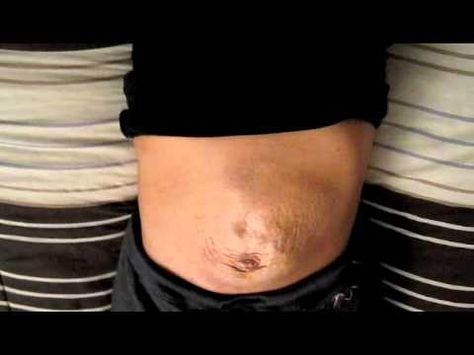
An abdominal gap wider than 2 centimeters is considered diastasis recti. Diastasis recti is also measured in finger widths, for example, two or three fingers' separation.
Your healthcare provider may recommend movements for diastasis recti or they may refer you to a specialist for additional treatment.
How do I test myself for diastasis recti?
You can test yourself for diastasis recti:
- Lie on your back with your knees bent and feet flat on the floor.
- Lift your shoulders slightly off the ground, keeping one hand behind your head for support. Almost like you are doing a sit-up. Look down at your belly.
- Move your other hand above your belly button area, palms down and fingers towards your toes.
- Use your fingers to feel for a gap between the abs. See how many fingers can fit in the gap between your right and left abdominals.
If you feel a gap of two or more finger widths, discuss your concerns with your healthcare provider. They should confirm diastasis recti with a proper diagnosis and recommend appropriate care.
They should confirm diastasis recti with a proper diagnosis and recommend appropriate care.
Management and Treatment
How can I fix diastasis recti?
To fix diastasis recti, you'll need to perform gentle movements that engage the abdominal muscles. Before starting an exercise program, be sure it's safe for diastasis recti. Work with a fitness professional or physical therapist who has experience with diastasis recti. They can create a treatment plan to make sure you are performing the movements correctly and progressing to more challenging movements at the right time.
Certain movements will make abdominal separation worse. During the postpartum period, there are some modifications you should make:
- Avoid lifting anything heavier than your baby.
- Roll onto your side when getting out of bed or sitting up. Use your arms to push yourself up.
- Skip activities and movements that push your abdominals outward (like crunches and sit-ups).
Some people use binding devices (elastic belly bands) to help hold their belly in and support the lower back.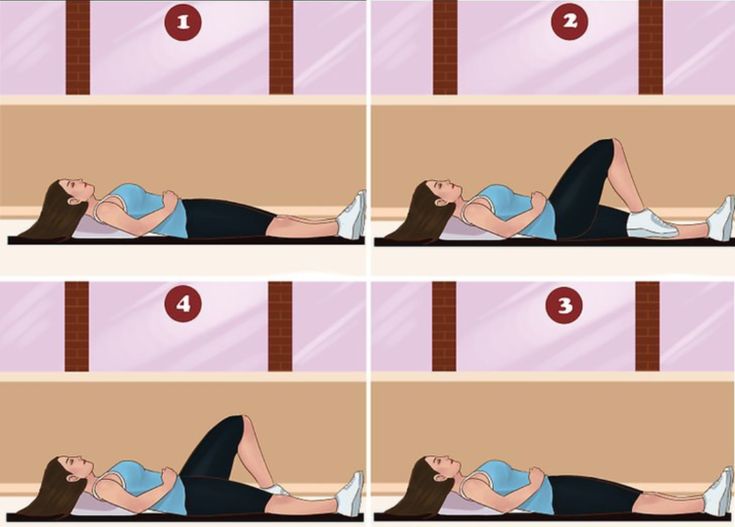 Wearing binders can't heal diastasis recti and will not strengthen your core muscles. It can be a good reminder of your diastasis recti and promote good posture.
Wearing binders can't heal diastasis recti and will not strengthen your core muscles. It can be a good reminder of your diastasis recti and promote good posture.
Can you fix diastasis recti without surgery?
Yes, it's possible to fix diastasis recti without surgery. Surgery is rarely performed to fix diastasis recti. Healthcare providers will recommend physical therapy or at-home exercises to help heal diastasis before surgical methods. Surgery is performed in cases of hernia (when an organ pushes through the linea alba) or if a woman wants diastasis recti surgery (a tummy tuck).
What are the best exercises for diastasis recti?
The best exercises for diastasis recti are those that engage the deep abdominals. Most diastasis recti exercises involve deep breathing and slow, controlled movements. Unfortunately, many of the most common ab exercises (like crunches) can worsen your diastasis. Before starting abdominal exercises, ask your healthcare provider to check you for diastasis recti.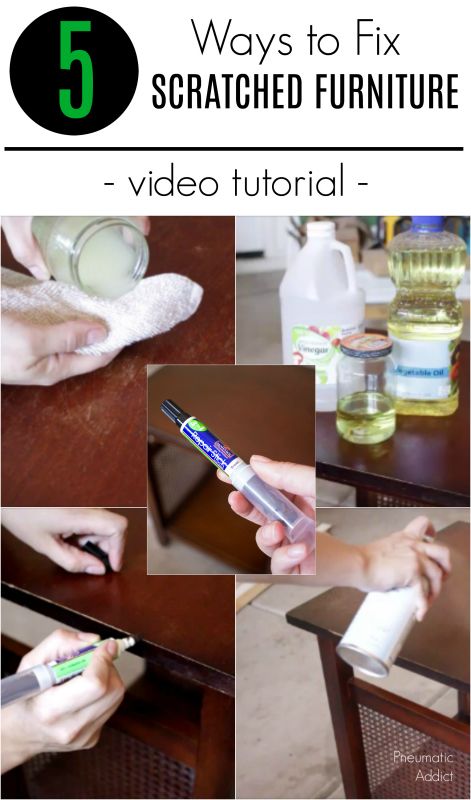
What movements make diastasis recti worse?
Any movement that bulges the abdominal wall forward can cause more damage to your diastasis recti. Everyday movements like getting out of bed or up off a chair can worsen diastasis. Try to be mindful about how you are using your abdominals as you go about your day.
These exercise movements should be avoided if you have diastasis recti:
- Crunches or sit-ups of any kind.
- Planks or push-ups (unless using modifications).
- Downward dog, boat pose and other yoga poses.
- Double leg lifts, scissors and other Pilates moves.
- Any exercise that causes your abdominals to bulge, cone or dome.
Prevention
How do I prevent diastasis recti?
Some abdominal separation is normal and expected with pregnancy. There are some things you can do to lower your risk for developing diastasis recti:
- Healthy weight gain during pregnancy: Exercising and eating healthy foods to keep weight gain within a healthy range.

- Proper posture and deep breathing: Stand up straight with your shoulders back. Take deep breaths that allow your ribs to expand and not just your belly.
- Safe core exercises: Avoid exercises like sit-ups and crunches that put pressure on your abdominals after 12 weeks of pregnancy and postpartum.
- Don't strain while lifting: Certain day-to-day activities like lifting grocery bags or your children can put undue strain on your abdominals.
- Log roll when getting out of bed: If you're pregnant or postpartum, roll to one side and use your arms to push up out of bed.
Outlook / Prognosis
How long will it take to heal my diastasis recti?
The amount of time it takes to heal diastasis recti depends on the amount of ab separation and how consistent you are with strengthening exercises. After several weeks postpartum, this gap will start to close as your muscles regain strength. If you're making modifications to your lifestyle and performing exercises with good form, you're more likely to notice progress.
If you're making modifications to your lifestyle and performing exercises with good form, you're more likely to notice progress.
Can I get diastasis recti again?
Yes, you can heal your diastasis recti and get it again. Your risk for diastasis recti increases the more times you are pregnant. Think of the linea alba as a rubber band that is continuously stretched. Over time, the rubber band will lose its elasticity. The linea alba may not regain its original shape or form after being stretched through multiple pregnancies.
Is it too late to fix my diastasis recti?
It's never too late to repair your diastasis recti. With the proper exercises, you can fix your ab separation years after you've delivered your last baby.
Are there complications from diastasis recti?
If left untreated or in severe cases of diastasis recti, complications can include:
- Umbilical hernia.
- Increase in back pain.
- Pain during sex.
- Urinary incontinence.
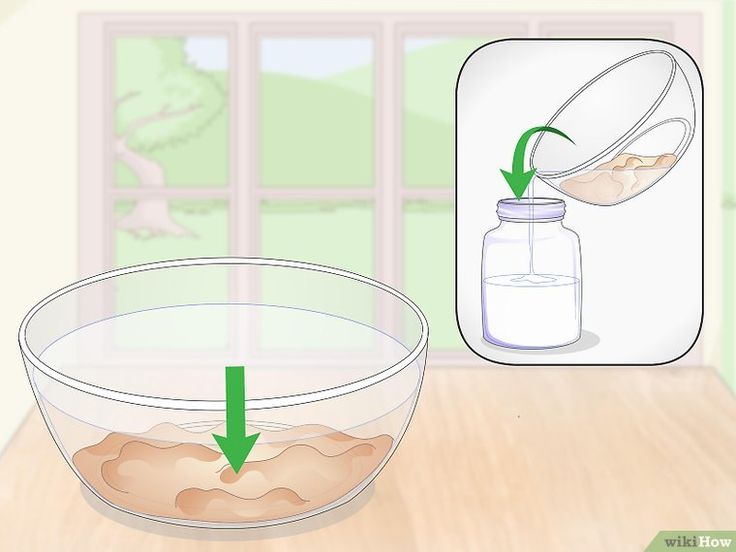
- Pelvic and hip pain.
Living With
When should I see my healthcare provider?
Diastasis recti is a common and easily treated condition. If you have more than a two-finger gap between your abdominals or are experiencing pain, contact your healthcare provider for a diagnosis. They may want you to see a physical therapist or pelvic floor specialist to help strengthen your abdominal muscles.
A note from Cleveland Clinic:
Diastasis recti can make you appear pregnant years after your last baby. Discuss your concerns with your healthcare provider so they can diagnose and treat you. Getting treatment can help you feel more confident in your body and correct any pain you are experiencing.
7 Diastasis Recti Exercises to Heal Your Ab Separation
During pregnancy, your body does some pretty incredible things, including expanding to accommodate a baby roughly the size of a watermelon. So it’s no wonder that afterward, your body can bear signs of that monumental change.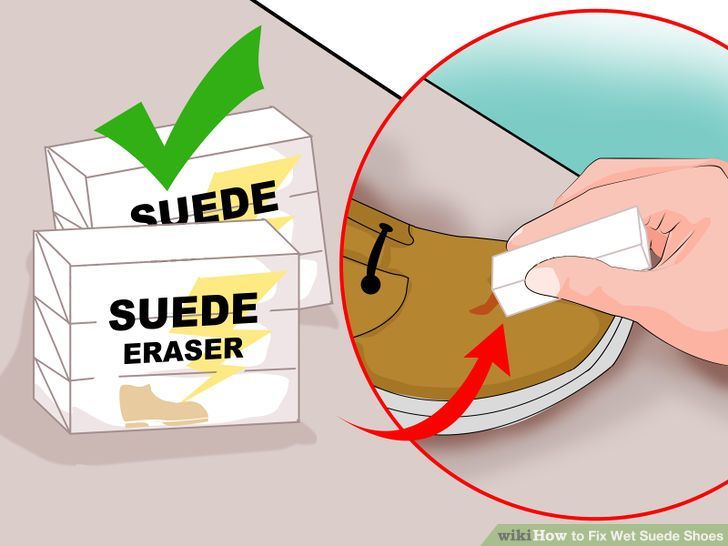 Some moms will experience a separation of their abdominal muscles, and if the gap is wide and/or deep, it may need help being repaired. The good news? That separation, known as diastasis recti, can usually be addressed with a few targeted workout moves you can do at home. Read on to learn how to tell if you have diastasis recti and which are the best diastasis recti exercises to help zip up those ab muscles.
Some moms will experience a separation of their abdominal muscles, and if the gap is wide and/or deep, it may need help being repaired. The good news? That separation, known as diastasis recti, can usually be addressed with a few targeted workout moves you can do at home. Read on to learn how to tell if you have diastasis recti and which are the best diastasis recti exercises to help zip up those ab muscles.
In this article:
What is diastasis recti?
How to do a diastasis recti test postpartum
Best diastasis recti exercises
Diastasis recti exercises to avoid
What Is Diastasis Recti?
Diastasis recti is a separation of the rectus abdominis, or “six-pack” muscles, which meet at the midline of your stomach. The rectus muscles are woven together by a web of connective tissue known as the linea alba. This tissue allows your belly to expand during pregnancy. Separation of the rectus is normal—and in fact expected—during pregnancy because of the outward abdominal pressure created by your growing baby and uterus behind the abdominal wall.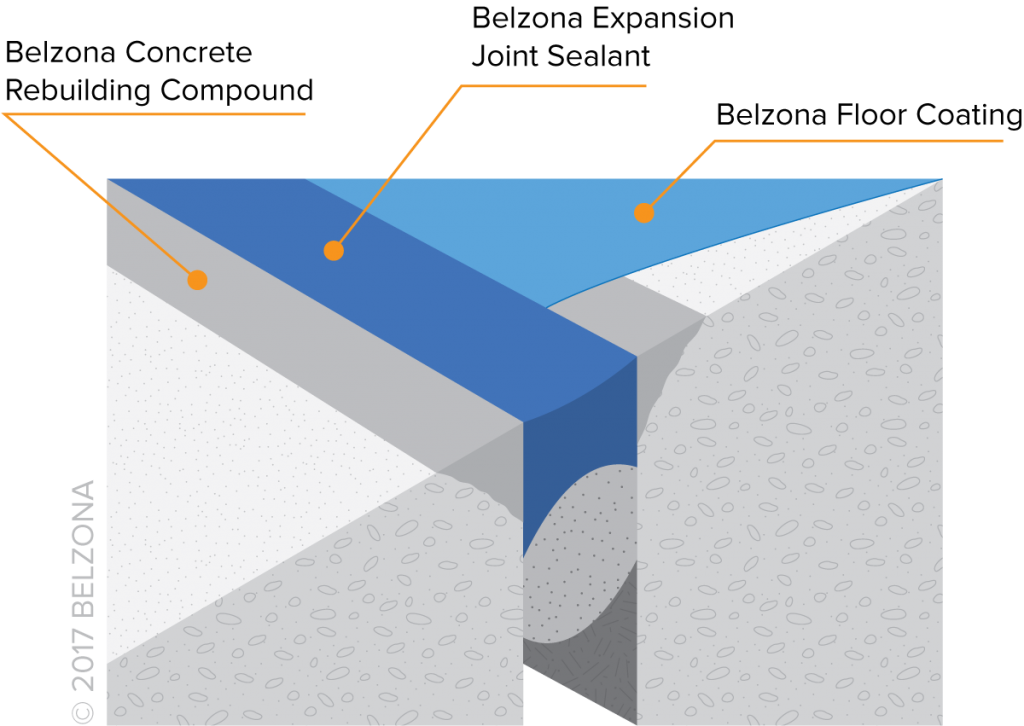
After pregnancy, your uterus shrinks back to its pre-baby size. But when the stretch of the linea alba is greater than what your body can safely accommodate, the connective tissue of your ab muscles doesn’t return to its original resting state. Think of a rubber band that becomes over-stretched for too long and loses its elasticity—it’s the same thing with your linea alba.
There are a bunch of factors that can lead to this condition, including poor posture, improper breathing, the mismanagement of core pressure, improper movement mechanics and plain old genetics.
How to Do a Diastasis Recti Test Postpartum
If you’re concerned you’ve developed diastasis recti post-baby, follow the at-home test below to check the elasticity of your linea alba and see if there’s any severe separation. Just remember, seeing a gap or bulge in the abdominal wall during the early postpartum days is not cause for alarm. Your linea alba can take a few months (or more) to heal postpartum. Plus, if you’re nursing, the healing process may take longer.
Plus, if you’re nursing, the healing process may take longer.
Step #1
Lie on your back and gently press two fingertips down the center of your belly, from the bottom of the ribcage all the way down to the pubic bone. Do you feel any differences in the tension between your ab muscles as you push down while your core is at rest? If you find a spot that feels like it loses tension or your finger drops down into what feels like a hole, you may be experiencing a diastasis.
Step #2
Lie on your back; place one hand behind your head and lift your head, neck and shoulders an inch off the ground. If you have a separation, you may see the abdominal wall bulge—but a bulge is not the only indicator of diastasis recti! As in step 1, use two fingertips to check the tension up and down the center of your belly, even if you don’t see a bulge. Again, you’re feeling to see if there is any loss of tension. If your fingers feel a dip, indicating a diastasis, you can determine the width of your separation by testing how many fingers you can drop into the space between your ab muscles.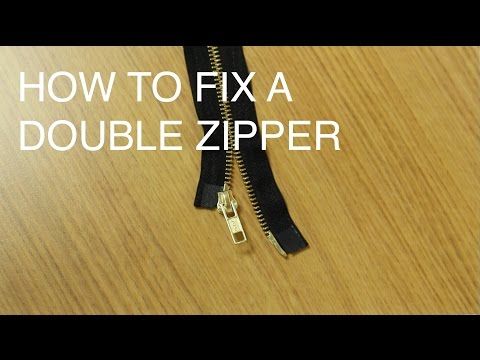
When to seek out professional help
The diastasis recti tests I’ve just described are very standard at-home self-checks. If you suspect there may be a significant separation (a two-finger-wide gap or one that feels deep) or are unsure if you have a diastasis but have begun noticing symptoms such as back pain, poor posture, constipation, bloating, an abdominal bulge or the inability to contract your abdominal muscles, I highly recommend making an appointment with a women’s health professional. Remember, there is no one-size-fits-all for recovery post-birth. A pre- and postnatal specialist (think: occupational therapist, physical therapist, corrective exercise specialist, women’s health physical therapist or pelvic floor physical therapist) will be able to customize your diastasis recti exercises and build a plan for recovery based on your specific body patterns.
Best Diastasis Recti Exercises
Once you’ve made an assessment, you can use the following diastasis recti exercises as a first step on your path to recovery. These are listed in order of progression and appropriate for any degree of diastasis recti. You can gauge if your core is strong enough to move onto the next exercise, but make sure you’re able to maintain your core engagement throughout each repetition. Don’t get discouraged! This can be a slow journey, but consistency is important. It’s recommended to focus on your recovery for a minimum of five to 10 minutes every day. These exercises are just the start of your recovery—once you master these, work on adopting proper core breathing into all your workouts and daily movements.
These are listed in order of progression and appropriate for any degree of diastasis recti. You can gauge if your core is strong enough to move onto the next exercise, but make sure you’re able to maintain your core engagement throughout each repetition. Don’t get discouraged! This can be a slow journey, but consistency is important. It’s recommended to focus on your recovery for a minimum of five to 10 minutes every day. These exercises are just the start of your recovery—once you master these, work on adopting proper core breathing into all your workouts and daily movements.
Diaphragmatic breathing
The first step to any diastasis recti workout is learning to breathe properly. Many of us are “chest breathers,” which often creates neck, shoulder and back pain (among other aches). Chest breathing sets off a chain of muscular imbalances throughout your body, as your breath is neglecting your core’s inherent function. The diaphragm, our primary respiratory muscle, is a dome-shaped structure at the base of our lungs. It forms the top of our inner core unit but is often overlooked as an important player in your recovery because of a general lack of information.
It forms the top of our inner core unit but is often overlooked as an important player in your recovery because of a general lack of information.
To practice diaphragmatic breathing, lie down on your back. Our bodies naturally fall into this breath pattern when we’re sleeping, so moving into a position associated with rest can serve as a trigger to move into a deeper diaphragmatic breath pattern.
- Once you’re on your back, place one hand on your chest and one hand on your belly.
- Inhale a slow, deep breath through your nose and focus on sending the air into your lower ribs and belly. On your inhale, feel your stomach rise. (Many of us try to “suck in” on our inhale. This is called an inverse breath. Be sure to practice letting the belly rise as you fill the lungs with air).
- Exhale with a “shhh” sound and hug or tighten your abdominals. Here, you’ll feel the belly fall as you empty your body of air.
- Practice this breath in many different positions: on your back, lying on your side, on all fours, kneeling and finally standing upright.
 You may find that chest breathing tries to take over as you work your way up through these levels. Move slowly through the stages and continue practicing until diaphragmatic breathing becomes your new normal.
You may find that chest breathing tries to take over as you work your way up through these levels. Move slowly through the stages and continue practicing until diaphragmatic breathing becomes your new normal.
Pelvic floor activations
It’s important that all components of the inner core unit learn to work together as a team. The diaphragm sits at the top of your core and the pelvic floor lays at the bottom. When we inhale, the diaphragm contracts, flattens and draws air into the deepest part of our lungs; at the same time, the pelvic floor gently relaxes. When we exhale, the diaphragm relaxes and pushes air out of the lungs while the pelvic floor gently contracts. Diastasis recti exercises should engage both your diaphragm and pelvic floor, as this coordination is essential for core recovery.
- Lay on your back and tap into your diaphragmatic breath.
- Inhale, fill the lower ribs and belly and think of sending your breath all the way down to the bottom of your pelvis.
 See if you can feel the muscles of your pelvic floor relax.
See if you can feel the muscles of your pelvic floor relax. - Exhale with your “shhh” sound while thinking of simultaneously stopping yourself from passing gas and stopping the flow of urine. Continue to hug or tighten your abdominals.
This activation is an exercise trademarked by Fit For Birth as the Core Breathing Belly Pump® and is widely used within the pre- and postnatal fitness industry.
Supine marches
Since most of our lives take place outside of our workouts, practicing maintaining proper core activation as you move your limbs is essential for healing. The key to this diastasis recti exercise is making sure your abs don’t push upwards as you lift your leg. Focus on a deep core activation that keeps the abs engaged and hugging in towards your midline; never pushing out and away from your body.
- Lie on your back with your knees bent and feet flat on the floor.
- Inhale, fill your ribs and belly and relax your pelvic floor.
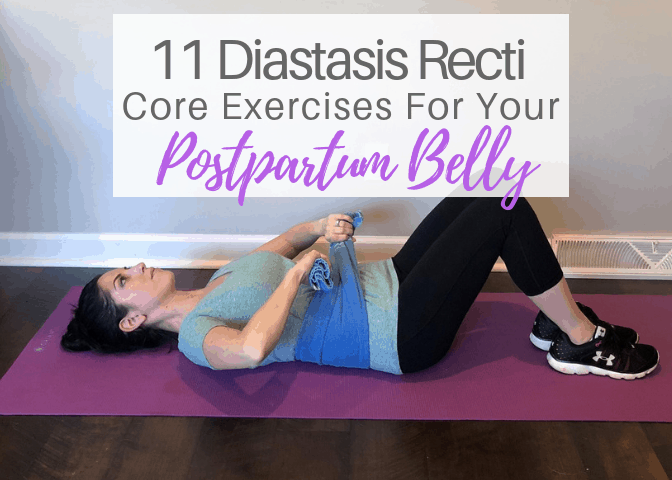
- Exhale and activate your Core Breathing Belly Pump deeply as you march one foot 1 inch off the ground.
- Place your foot back down and inhale, fill your ribs and belly and relax your pelvic floor to prepare.
- Exhale, activate your Core Breathing Belly Pump and repeat the movement on the other side.
Heel slides
Diastasis recti exercises that focus on releasing tension in the back and hip flexors while activating the pelvic floor and core are excellent for refinding your neutral alignment and coordinating the muscles of your inner core unit. As you do this exercise, see if you can initiate the movement from your core rather than moving your spine, bones of the pelvis or gripping in the hip flexors.
- Lie on your back with your knees bent and feet flat on the floor.
- Inhale, fill your ribs and belly and relax your pelvic floor.
- Exhale and activate your Core Breathing Belly Pump as you lift your toes and slide your heel away from the body to fully extend the leg.
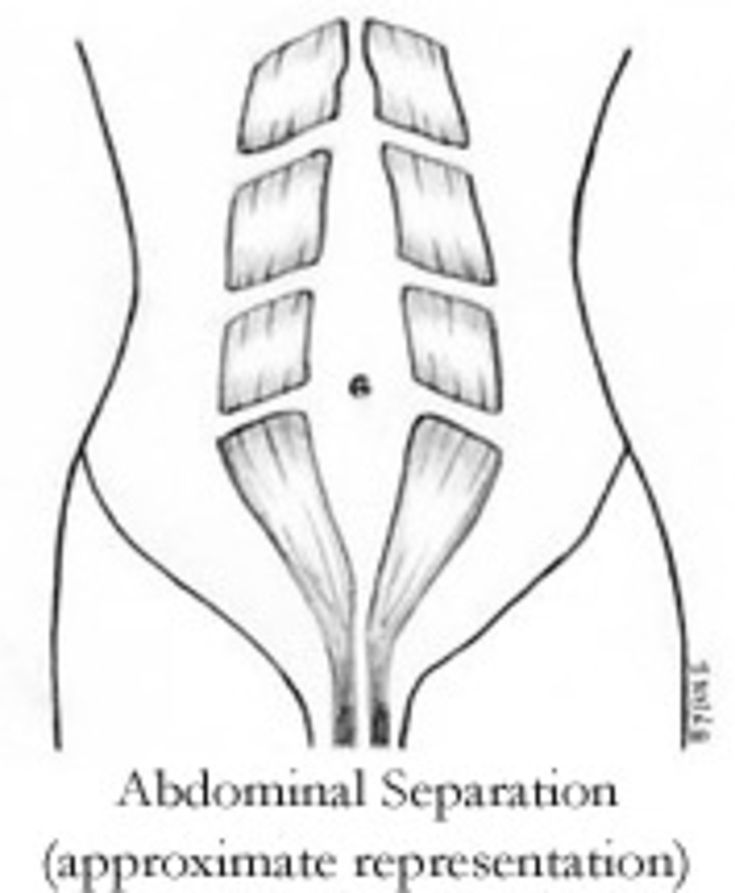
- Inhale, fill your ribs and belly and relax your pelvic floor to prepare.
- Exhale and activate your Core Breathing Belly Pump as you slide your leg back up to its starting position.
Leg lifts
“Muscling” through exercises with inefficient core mechanics contributes to diastasis. Many people lift their legs by using their hip flexors, lower back and by pushing out on their abdominal wall. This diastasis recti exercise promotes the proper use of your core so your body can begin memorizing what it feels like to use correct core mechanics when increasing the load (i.e., your leg).
- Lie on your back with your knees bent and feet flat on the floor.
- Inhale, fill your ribs and belly and relax your pelvic floor.
- Exhale and activate your Core Breathing Belly Pump as you lift your toes and slide your heel away from the body to fully extend the leg.
- Inhale, fill your ribs and belly and relax your pelvic floor to prepare.
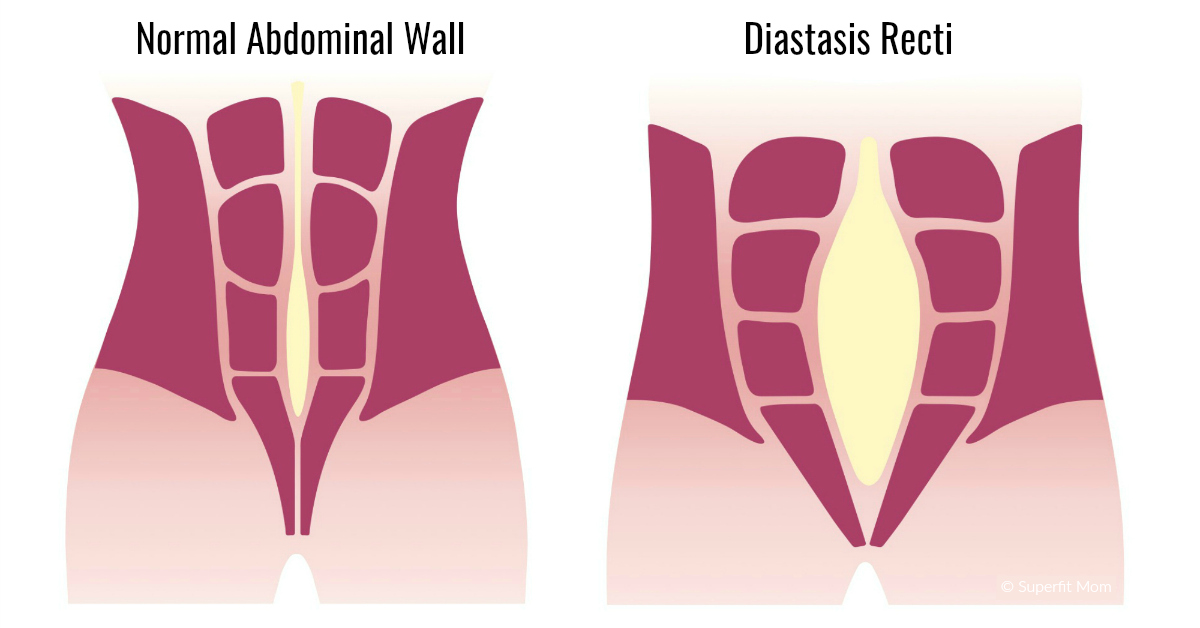
- Exhale and activate your Core Breathing Belly Pump as you lift your extended leg 1 inch off the floor and place it back down again.
- Inhale, fill your ribs and belly and relax your pelvic floor to prepare.
- Exhale and activate your Core Breathing Belly Pump as you slide your leg back up to its starting position.
Toe taps
As your core becomes stronger, you want to begin to increase the load—that’s how we continue to get stronger. Lifting the leg to a 90 degree position challenges the core to stay engaged (not pushing out). Just holding the leg in that lifted position is work when you have diastasis recti. When that feels strong, you can advance to increasing the load even more with these toe taps.
- Lie on your back with your knees bent and feet flat on the floor.
- Inhale, fill your ribs and belly and relax your pelvic floor.
- Exhale and activate your Core Breathing Belly Pump deeply as you draw one leg up into a chair position at 90 degrees.
 This may be your stopping point until your core is ready to progress to the next step. Make sure you can hold the leg here without the abs pushing upwards.
This may be your stopping point until your core is ready to progress to the next step. Make sure you can hold the leg here without the abs pushing upwards. - Inhale to prepare.
- Exhale, deepening your core activation as you tap your toes down to the floor and return to chair position. Aim for five to 10 slow repetitions.
- Repeat on the other leg.
Quadruped paper slides and reaches
Diagonal exercises train the cross body muscle fibers of the internal and external obliques. Movements that properly activate the core while training these cross body fibers help speed up your diastasis recti recovery by training the muscles of your entire core to work together, not just the ones that have sustained the injury.
- Set up with strong alignment in an all-fours position. This means placing your shoulders over your wrists (or fists, if you need to protect your wrists) and hips over your knees, and keeping a long line of energy from the top of your head all the way through your spine to the tip of your tailbone.
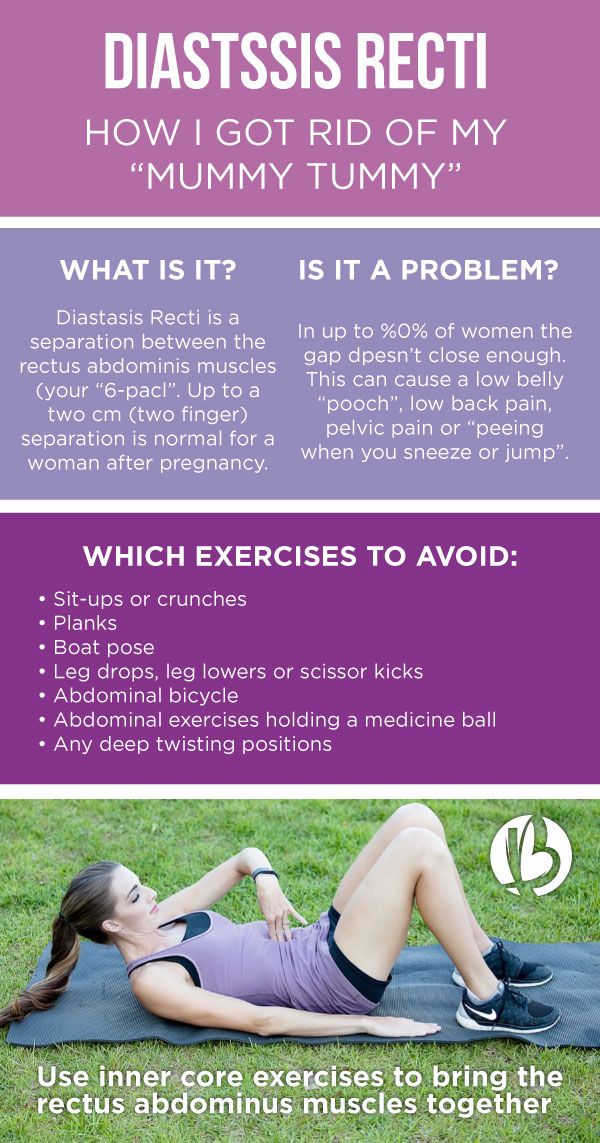
- Inhale to fill your lower ribs and belly while relaxing the pelvic floor.
- Exhale and activate your Core Breathing Belly Pump as you lift one arm and the opposite leg away, high enough to slide an imaginary piece of paper under those two points, and then return.
- Once all four points are back on the floor, inhale and relax the muscles of the core.
- Repeat on both sides of the body.
- As your core stability becomes stronger, you can advance to sliding your hand and foot away from your body along the floor on your exhale activation.
Only progress to this exercise when you can properly control the activation of your Core Breathing Belly Pump while lying down. If you can’t maintain core support, practice keeping three points on the ground and only lifting one limb at a time instead of two.
Diastasis Recti Exercises to Avoid
There’s a lot of contradicting information about which exercises to avoid both during and after pregnancy. In general, specialists advise against movements such as planks, traditional sit ups, push ups and backbends, because of the intense core pressure and abdominal doming they produce. As a rule, if you have diastasis recti, exercises that cause uncontrolled doming or coning should be avoided. Once you establish proper core engagement and strength, you may be able to resume these exercises safely and complete your workouts without limitations.
In general, specialists advise against movements such as planks, traditional sit ups, push ups and backbends, because of the intense core pressure and abdominal doming they produce. As a rule, if you have diastasis recti, exercises that cause uncontrolled doming or coning should be avoided. Once you establish proper core engagement and strength, you may be able to resume these exercises safely and complete your workouts without limitations.
Again, everyone’s core recovery is unique. Working with a qualified professional—such as a corrective exercise specialist, women’s health physical therapist, pelvic floor physical therapist or occupational therapist—is the best way to navigate diastasis and design a diastasis recti workout that’s best suited to you. When choosing a professional, make sure they prioritize diaphragmatic breathing, the connection to the pelvic floor and strengthening the muscles of the entire core.
About the expert:
Joanie Johnson, CPT, PPCES, DCC, is a diastasis and core consultant, pre- and postnatal corrective exercise specialist, certified personal trainer and PregnancySāf coach. She is the founder of Strong Mom Society, a holistic pre- and postnatal service offering pregnancy and postpartum workouts. She’s the former COO and co-founder of Fit Pregnancy Club and a team member at Fit For Birth. She has spent 15 years empowering pregnant and birthing bodies to thrive in movement and everyday life.
She is the founder of Strong Mom Society, a holistic pre- and postnatal service offering pregnancy and postpartum workouts. She’s the former COO and co-founder of Fit Pregnancy Club and a team member at Fit For Birth. She has spent 15 years empowering pregnant and birthing bodies to thrive in movement and everyday life.
Please note: The Bump and the materials and information it contains are not intended to, and do not constitute, medical or other health advice or diagnosis and should not be used as such. You should always consult with a qualified physician or health professional about your specific circumstances.
Plus, more from The Bump:
10 Best Postpartum Workout Moves for New Moms
5 Exercises to Strengthen Your Core After C-Section
How to Do Kegel Exercises
how to quickly build abdominal muscles?♀️?♂️?♀️
Content:
- How to choose the right nutrition
- Where to download the press - in the gym or at home
- What clothes are suitable for training on the press
- What equipment is needed for abdominal exercises
- How fast can you pump up the press
- Workout Part 1: Warm Up
- Workout Part 2: Abs Workouts
- Workout Part 3: Cool Down or Cardio Workout
- Is it necessary to train the press separately
How to choose the right nutrition
Bodybuilders have a saying: "Abs are done in the kitchen.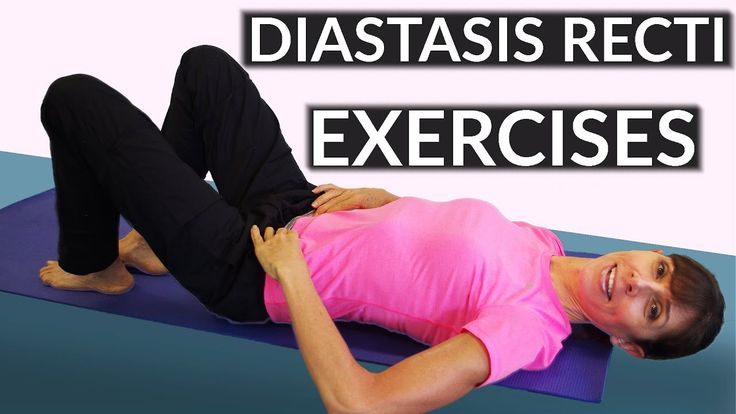 " The content of the plate really determines whether the body will be embossed and toned. After all, it is the fat layer that prevents us from seeing the press cubes when they are already formed.
" The content of the plate really determines whether the body will be embossed and toned. After all, it is the fat layer that prevents us from seeing the press cubes when they are already formed.
What do you need to eat?
Enough protein, more whole foods, less sugar and fast carbohydrates are the main rules to remember when compiling a menu. But it is also important not to believe the myths about healthy eating.
The main myth is a strict time frame. “Do not eat after six”, “desserts are allowed only before lunch”, “fruits are not allowed in the evening”. In fact, everything is decided by the ratio of calories that you spend and consume during the day. When you move a lot and burn more calories than you eat, fat stores are used up and weight is reduced.
The second myth is “weight loss” food and “forbidden food”. Neither celery nor grapefruit alone will help you lose weight. There are no negative calorie foods. But there are - with a high content of fiber, the calories of which are not absorbed by our body.
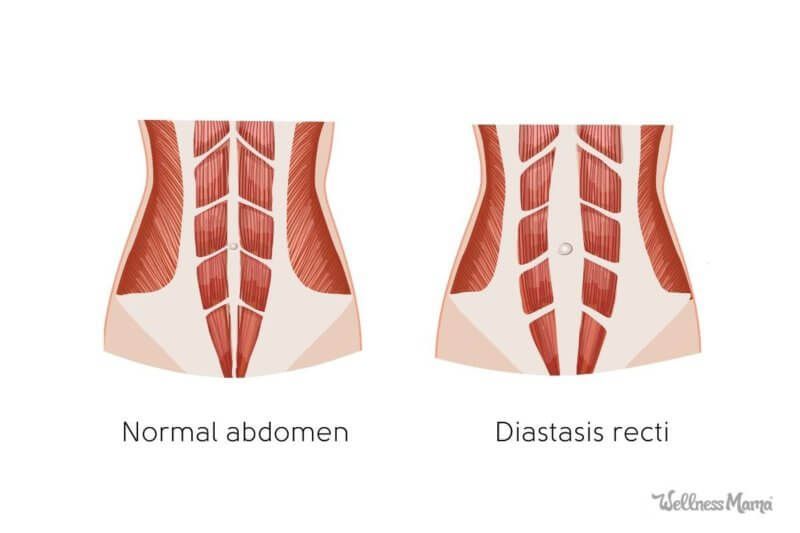
Myths have been abandoned, what's next?
You can contact a professional nutritionist to create an individual nutrition program. The specialist will explain how to count calories and help you understand how much protein to consume and how to enjoy every meal without feeling guilty.
A pro for any task
And an individual plan drawn up by a specialist will take into account the characteristics of your body and health. For example, if you are prone to anemia, a nutritionist can help you include enough iron-rich foods in your diet. And if there are problems with the gastrointestinal tract, it will offer more dietary meals rich in healthy fibers.
Individual attention is especially important if you have food allergies or intolerances. With its help, you can not only avoid trigger foods, but also replace them with those that will allow you to get the required amount of vitamins and minerals.
Where to download the press - in the gym or at home
Muscles don't care where you train them. But doing abdominal exercises in the gym is more convenient for several reasons:
But doing abdominal exercises in the gym is more convenient for several reasons:
- a large number of different simulators, as well as mats, rollers and other equipment;
- motivating atmosphere - everyone around is shaking their muscles tensely;
- a lot of free space - no need to try to squeeze between the sofa and the TV;
- the opportunity to seek advice from a coach or "spy" on the correct execution of exercises;
- large mirrors - you can always evaluate your technique from the outside and correct mistakes.
Abs workouts in the gym are more productive, because there you can use several simulators at once, working out muscles in different ways, and do energetic leg swings without fear of hitting furniture or your beloved cat. If you can do all this at home, then the gym is not so necessary - after all, you can work out with a trainer online.
View profiles of trainers
What clothes are suitable for training on the press
Sufficiently comfortable, non-restrictive sportswear: T-shirts, shorts or sweatpants. You can practice in socks, but sneakers are more comfortable and safer - there is no risk of slipping. If you plan to do leg raises on uneven bars or a horizontal bar, do not forget half-gloves to avoid slipping of your palms and the appearance of corns.
You can practice in socks, but sneakers are more comfortable and safer - there is no risk of slipping. If you plan to do leg raises on uneven bars or a horizontal bar, do not forget half-gloves to avoid slipping of your palms and the appearance of corns.
What you definitely shouldn't do is dress too warm to "drive the water away". Together with sweat, the salts necessary for the body are also lost, in addition, well-being may worsen due to dehydration. If you want to sweat pleasantly, you can relax in the sauna or steam bath after training.
What equipment is needed for abdominal exercises
You can pump up the press without equipment, but with it you have much more opportunities. In addition, inventory makes training more varied and interesting.
| Trainer | Training method |
|---|---|
| Horizontal bar | Lifting straight or bent knees in the hang. |
| Bars or stop | A more efficient way to build abs is with hanging leg raises. |
| Incline bench | Pumping different abdominal muscles depending on the angle of inclination. |
| Press roller | Working out the same muscles as during the plank, but with a more serious load. |
| Carpet | Any abdominal exercises without equipment. |
It is not necessary to buy a roller, a horizontal bar and an emphasis - they can be found in almost any gym. But it’s better to buy your own rug. If the one in the fitness club is too thin, then it will hurt your knees and tailbone. And if, on the contrary, it is super soft, it will spring and slide under you.
How fast can you pump up the press
There can be no simple answer here. It all depends on your initial data: age, weight, health status, lifestyle, diet, free time and, of course, motivation.
The body reacts to loads very individually. Everyone has a different metabolism, a different composition of muscle tissue: someone has more white fibers, someone has more red ones.
And since it is the white fibers that are responsible for the relief, the result appears at different speeds.
If you have already had a prominent stomach, but you took a break from training, it will be enough to dry well. This should take six weeks. But it is more likely to see the result after three months. And six months later - work out the stomach until serious visual changes, that is, cubes.
Workout Part 1: Warm Up
Before starting a workout, try to remember when you last ate: at least 2-3 hours should pass after the last meal. If lunch was a long time ago, then you can start warming up. It must be done before any physical activity, since its absence can lead to unpleasant pulling sensations or even serious injuries.
But it's also important to remember that this is just a warm-up, which means it shouldn't be too exhausting. “The press is the stabilizer of the whole body. If you tire him at the very beginning of a workout, the risk of injury in subsequent exercises increases, ”explains coach Helena Kovpak.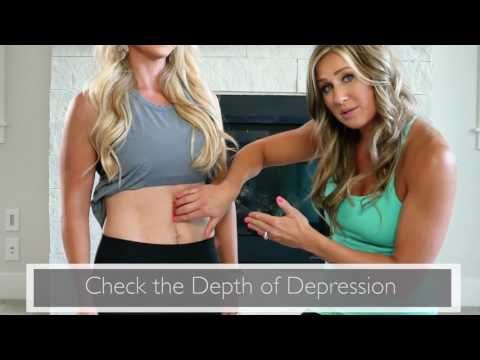 It is enough to do a few simple exercises for 10 minutes:
It is enough to do a few simple exercises for 10 minutes:
- careful head rotation and tilt;
- rotation of the arms in the shoulder joints;
- adduction and extension of the arms to open the thoracic region;
- rotational movements in the thoracic region without the participation of the lower back;
- hip rotations;
- alternate abduction of legs bent at the knees in a standing position with support;
- tilts to socks with a straight back and legs;
- foot rotations and calf raises.
Each movement must be repeated at least 10 times. If you feel that the body is not yet ready for loads, increase the number of repetitions.
The Workout Part 2: Strength Exercises
After warming up, you can proceed to the main workout. Experts recommend doing it for 45-60 minutes. Beginners, taking into account errors in technique, may need a little more time - 1–1.5 hours.
Fitness trainer Nikolai Ogorodov notes that the number of repetitions, approaches and pauses between them is purely individual and depends on the level of training of the trainee. There are no strict rules. If after 20 twists you feel a burning sensation in the abdomen, it means that the cells have begun to secrete lactic acid, and the abdominal muscles are experiencing useful stress. In this case, you can stop and rest for 15-30 seconds.
There are no strict rules. If after 20 twists you feel a burning sensation in the abdomen, it means that the cells have begun to secrete lactic acid, and the abdominal muscles are experiencing useful stress. In this case, you can stop and rest for 15-30 seconds.
Usually two or three approaches are enough for beginners, after which it is advisable to pause for a minute and move on to the next exercise. Performing the same movement until complete muscle failure does not make sense. It is better to do fewer reps, but correctly, than to “kill” the press by pumping for speed and not following the technique. The reason is the lower back. This is a vulnerable department that is easy to overload, and then wake up with aching pain not at all in the muscles that you pumped.
Don't forget about proper breathing. Inhale at the moment of muscle relaxation, and exhale at the maximum effort, that is, raising the legs or body. To remember, you can associate effort with immersion in water, and relaxation with surfacing.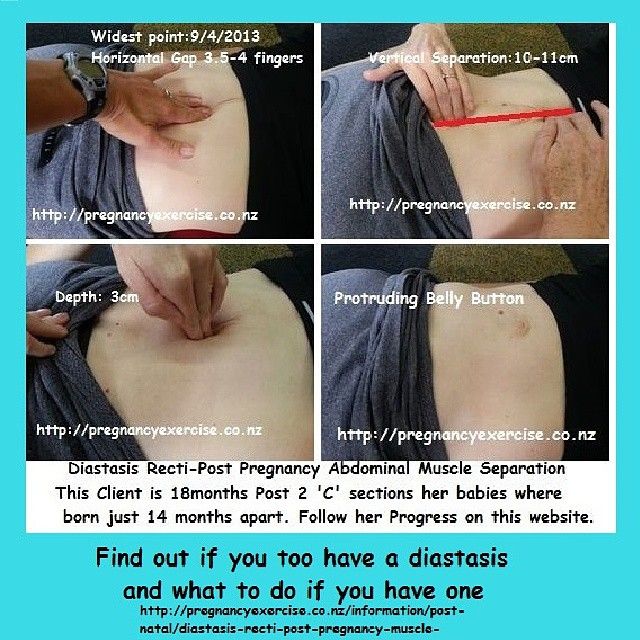
Twisting
Fitness trainer Arseniy Chernov classifies all types of crunches as simple but effective exercises. The technique of twisting on the press is simple:
- Lie on your back and place your feet on the floor with your knees bent at a right angle. You can position yourself in front of the Swedish wall and use the lower bar to fix your feet.
- Close your hands at the back of your head.
- As you exhale, tear your shoulder blades off the floor and try to literally twist, round your back.
- It is not necessary to rise completely - do not tear your lower back off the floor. To make it easier to control this, look at your feet, not up.
Reverse twist on the press
An equally effective exercise that pumps the lower part of the press.
- Lie on your back and raise your legs so that your thighs are perpendicular to the floor and your knees are at a 90 degree angle. Keep your feet together and parallel to the floor.
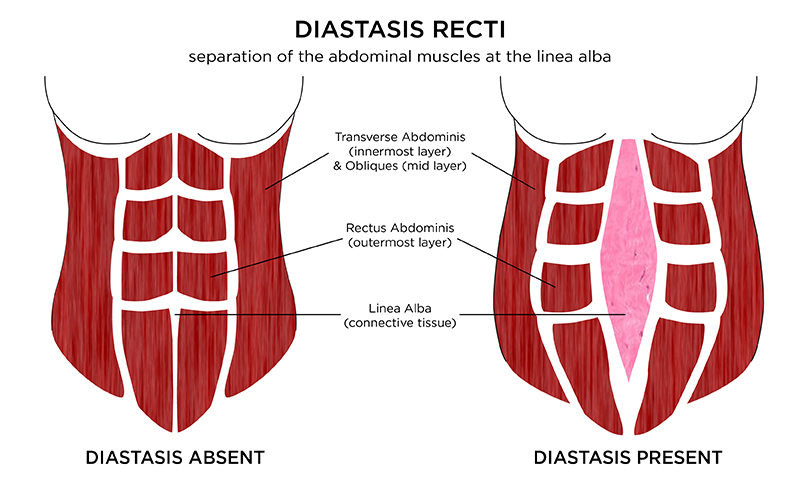 Hands - on the back of the head in the castle.
Hands - on the back of the head in the castle. - As you exhale, lift your hips and roll slightly on your buttocks until your knees touch your chest.
- Inhale as you return to the starting position.
Side crunches
This is an exercise to work out the oblique abdominal muscles. But the rectus muscle is also involved in it. The technique of oblique twisting on the press looks like this:
- Lie on your back, bend your knees and place your right foot over your left.
- Close your hands behind your head in a lock.
- Lift your shoulder blades off the floor and try to touch your left elbow to your right knee.
- After completing the desired number of repetitions, change legs and do all movements again.
Exercise "bicycle"
"Bicycle" helps to work out the rectus and oblique abdominal muscles at the same time.
- Lie on the floor with your legs up.
- Hands do not need to be folded in a lock - let them just touch the head.

- Lift your shoulder blades off the floor slightly, round your back and tighten your abs.
- Start alternately bending and straightening your legs, as if pedaling a bicycle.
- Make slight turns of the body so that the elbow tends to the opposite knee.
Exercise "scissors"
A press exercise similar to a "bicycle" in technique and efficiency.
- Lie on the floor with your legs straight.
- Stretch your arms out to your sides or under you.
- Press your lower back firmly into the floor.
- Start alternately raising and lowering your right and left legs.
- Keep your legs straight and tense throughout the exercise.
Plank exercise
According to trainer Maria Gomanko, if you learn how to do the plank exercise correctly, you can quickly notice a positive effect.
- Stand on your forearms with your feet together.
- Tighten your body until it resembles a plank of wood, even and straight.
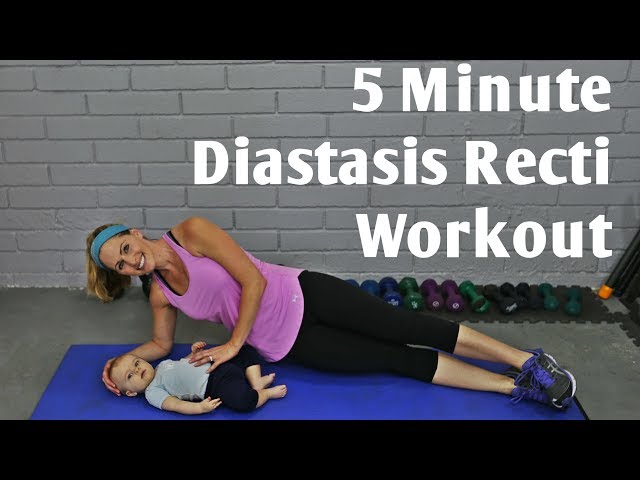
- Do not let your back sag - round it a little, tighten your stomach, twist your tailbone inward.
- Maintain this position for 5 seconds.
- Rest 3 seconds and return to plank.
side plank
A complicated version of the plank exercise for working out the oblique muscles.
- Stand on your forearm or outstretched arm with your feet together. The second hand can be rested on the side.
- Pull the body into a straight, rigid line, tighten the buttocks and stomach.
- Make sure that the supporting arm, body and feet form one straight line.
- Maintain this position for 5 seconds.
- Pause for 3 seconds and return to plank.
One of the most terrible myths - the longer you stand in the bar, the better. With the right technique, it is difficult for even a trained athlete to stand for more than a minute, not to mention amateurs. Usually, it is possible to follow all the nuances within the first seconds.
Then the technique begins to suffer, and the load is compensated by the back muscles.
V-shaped torso and leg raises
An advanced twist on the press, in which the entire core is involved.
- Lie on the floor with your arms and legs extended.
- Lift your shoulder blades off the floor and lift your straight legs up at the same time.
- Stretch your arms towards your ankles so that your body forms a V.
- Try not to collapse, make sure that only the buttocks serve as a fulcrum. Engage your thigh muscles to keep your balance.
Exercise "Vacuum"
"Vacuum" is not only a strength exercise for the abdominal muscles, but also a gentle abdominal massage that improves intestinal motility. Important: "Vacuum" is done strictly on an empty stomach and is not recommended for those who have diseases of the internal organs.
- Get on all fours, lie down, sit or stand up straight - either will do.
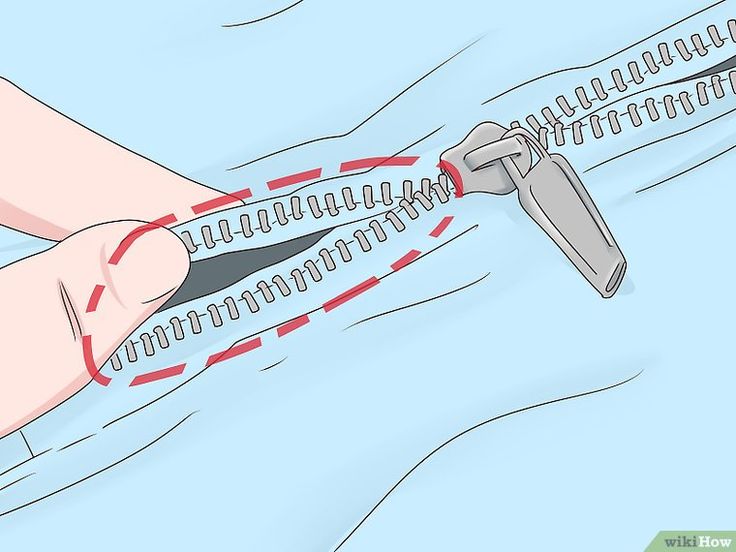
- Keep your back straight and your shoulders slightly open.
- Inhale deeply and very slowly.
- Slowly exhale and at the same time draw in the stomach, as if helping to "expel" the remaining air.
- Continue to draw in the abdomen, mentally trying to touch the spine with the navel.
Over time, you will learn to draw in your stomach so deeply that it looks like a wave will pass through it.
Lower press exercise: push-up leg raises
The division of the press into upper and lower is very conditional: this is one rectus muscle. But the sensations and movements during exercise are different.
For training the lower press, a support is perfect - a special simulator for lifting legs:
- Place your forearms on the stops. Do not sag at the shoulders, keep the body tense and straight.
- Make sure that the back is firmly pressed against the back and the coccyx is slightly curled forward.
- Straighten your legs.
 They should hang in the air without touching the floor.
They should hang in the air without touching the floor. - Raise your knees bent or straight as high as you can.
- Slowly return your legs to the starting position.
You can increase the load and do the same exercise, holding yourself on straight arms.
A question for a specialist: do men, girls and children train the press the same way?
Coach Arseniy Chernov believes that there are no radical differences. It all depends on physical fitness and the degree of muscle development. It is usually more difficult for girls to do exercises on the horizontal bar or parallel bars, but this does not mean that you should completely abandon them.
Children are better off with a coach than with their parents. The child needs to build a training program and give a balanced load, and only a professional can do this. Press exercises in this case are only part of the overall physical preparation.
Workout Part 3: Cool Down or Cardio
Cardio training is also very useful for the press, especially if you use it as a hitch or add it to your main workouts.
If you want to lose weight and reduce body fat, I advise you to do at least 45-60 minutes of aerobic exercise daily. It can be running, swimming, water aerobics, dancing, step, or even a simple walk in the park.
You can remove the stomach even with the help of active and long walks with the dog or climbing the stairs. Any activity that raises your heart rate and increases your breathing will do.
Is it necessary to train the press separately
If you regularly engage in workout on the horizontal bar and parallel bars, sports or aerial gymnastics, martial arts and other high-intensity training, the press will inevitably take shape.
To save energy, time and effort, do not pump the press separately, but include exercises in complex workouts of the shoulder girdle and body. The abdominal muscles receive a load in almost any exercise, if you follow the technique.
In addition, for a quick result, static load is no less important than dynamic load. Therefore, do not forget to keep your stomach in good shape when you squat with a barbell or pull up. ““Keep your stomach” - I always focus on this client’s attention during any exercise. You need to learn and get used to “turning on” the core muscles,” says coach Arseniy Chernov.
Therefore, do not forget to keep your stomach in good shape when you squat with a barbell or pull up. ““Keep your stomach” - I always focus on this client’s attention during any exercise. You need to learn and get used to “turning on” the core muscles,” says coach Arseniy Chernov.
Even something as simple as proper breathing can play an important role.
Breathing is directly related to the core muscles, of which the abs are a part. In many people with a sedentary lifestyle, the breathing process is disturbed: the diaphragm does not work, but the shoulders and neck are actively involved. But without the normal work of the diaphragm, there will be no normal work of the transverse abdominal muscle and oblique muscles. Accordingly, there will be no press cubes.
Checking if you are making a mistake is easy: if you lift your shoulders up while breathing, then your breathing pattern is disturbed. With the right technique, when inhaling, the diaphragm goes down, the ribs open, the stomach inflates.
On exhalation - the diaphragm rises back like a dome, the stomach tightens.
And it’s also worth understanding that the relief press by itself does not turn a person into an incredible athlete - you need to work with the body in a complex way. “If a person has six pack, then he has strong core muscles” is a stereotype. Appearance has nothing to do with the functionality of the muscle. To have a stable core and a strong body, you need to pump not only the rectus abdominis. It is also important to work on the transverse and oblique abdominal muscles, gluteus maximus muscles,” explains Maria Gomanko.
10 best exercises for the press
A flat toned stomach, and even with traced "cubes" of the press - well, isn't it a dream? If it's a dream, read on.
To begin with, let's figure out what the press is and what muscles it is formed by. By and large, the press usually means the rectus abdominis muscle, which starts from the sternum and goes down right up to the pelvic bone.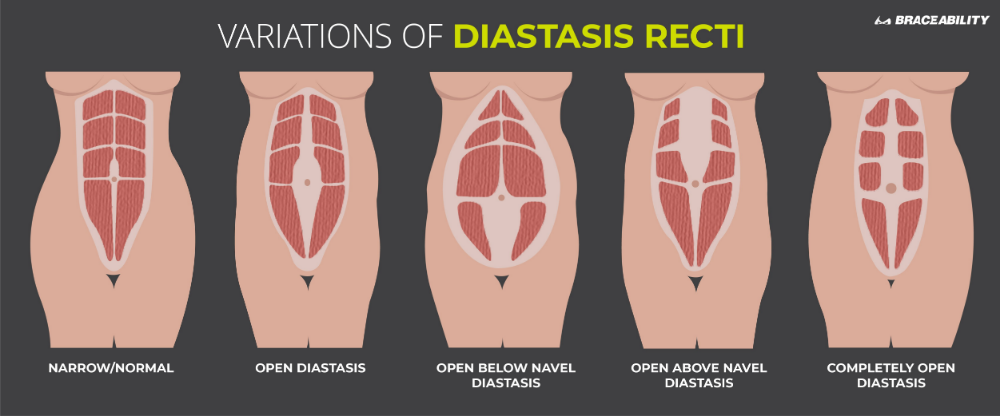 This muscle is one, exactly one! Anatomically, there is no lower and upper press, this division is very conditional and is used simply for ease of understanding. A feature of the rectus muscle is the presence of tendon jumpers in it, which divide it into those same "cubes" if the muscle is well developed. In addition to the straight line, there are, of course, other muscles that form the abdominal wall: pyramidal, transverse, and internal and external oblique. In training for the press, of course, the oblique muscles and the rectus muscle are most involved.
This muscle is one, exactly one! Anatomically, there is no lower and upper press, this division is very conditional and is used simply for ease of understanding. A feature of the rectus muscle is the presence of tendon jumpers in it, which divide it into those same "cubes" if the muscle is well developed. In addition to the straight line, there are, of course, other muscles that form the abdominal wall: pyramidal, transverse, and internal and external oblique. In training for the press, of course, the oblique muscles and the rectus muscle are most involved.
There are many effective exercises to work out the press. Here are just a few options, most of which can be done both in the gym and at home.
1. Classic crunches
Starting position - lying on your back, legs bent at the knees, feet pressed to the floor. You can hold your hands behind your head or stretch them forward, it's a little easier. On exhalation, the upper body is lifted, that is, the head, shoulders and shoulder blades, due to the tension of the rectus abdominis muscle.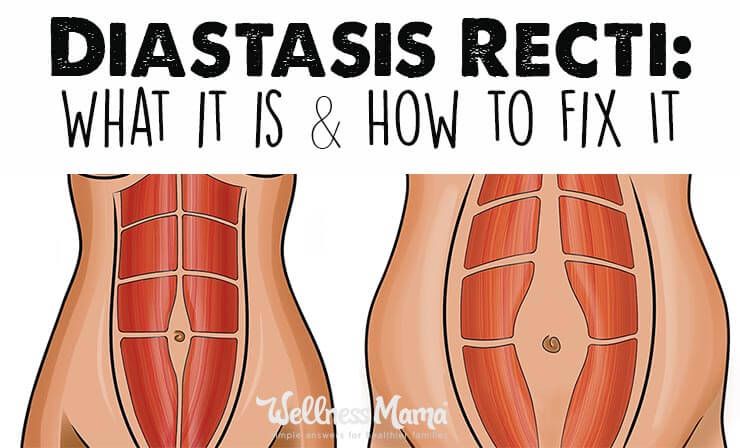 In this case, the lower back remains firmly pressed to the floor, and the stomach is retracted. The meaning of the exercise is twisting. For control, you can put your fingers on two points - on the solar plexus and on the very bottom of the abdomen - and observe that with each rise of the body, the distance between the fingers decreases.
In this case, the lower back remains firmly pressed to the floor, and the stomach is retracted. The meaning of the exercise is twisting. For control, you can put your fingers on two points - on the solar plexus and on the very bottom of the abdomen - and observe that with each rise of the body, the distance between the fingers decreases.
2. Twisting on an inclined bench or Roman chair
The meaning of the exercise is the same, only the position of the body, the angle of inclination changes. This is a more difficult option. In addition, you can complicate twisting by picking up weighting.
3. Reverse crunches
The mechanics of movement is approximately the same, the rectus abdominis muscle works, its extreme points should approach each other during contraction. But here the starting position is lying on your back, with legs raised at a right angle, and not lifting the body, but lifting the pelvis and legs.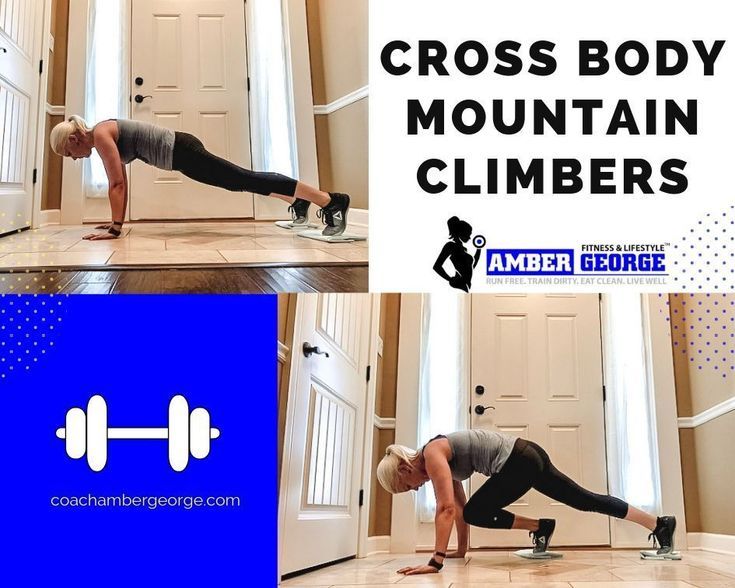 Exercise can be done lying on the floor, holding onto something behind your head with your hands.
Exercise can be done lying on the floor, holding onto something behind your head with your hands.
4. Simultaneous crunches
Simultaneous crunches, which involve raising the upper body while simultaneously lifting the pelvis, the rectus muscle contracts as much as possible. This exercise works out the upper and lower parts of the muscle as much as possible. Twisting, as always, is done on a sharp exhalation.
5. Raising the legs to a right angle
The exercise is performed lying on the floor, hands can be held on some kind of support behind the head or you can put them under the buttocks. The loin always remains firmly pressed to the floor. As you exhale, you need to raise your legs, preferably straight, to a right angle with the floor. At the same time, the abdomen is maximally tense and drawn in, the lower back does not bend in any case. At the bottom point, the legs cannot be dropped to the floor, the press must remain in tension.
6. Short Leg Raise
This is a variation of the previous exercise. The difference is that the legs rise low from the floor, to the point of maximum tension in the press, and then lower, but not to the end. It is important that the lower back is always firmly pressed against the floor!
7. Elbow or Hanging Leg Raise
You can perform the exercise in a special simulator or on a Swedish wall, for advanced users – on a horizontal bar. The torso is in an upright position, in free hanging or with an emphasis on the elbows and with support for the lower back. The lifting is performed on a strong exhalation of straight or bent at the knees legs, as far as preparation allows. The main thing is not to swing by inertia and not to swing your legs at the bottom point. All movements are performed smoothly and controlled.
8. Oblique twists
Performed in the same way as the classic ones, but when lifting the torso, the body is additionally rotated in one direction or the other.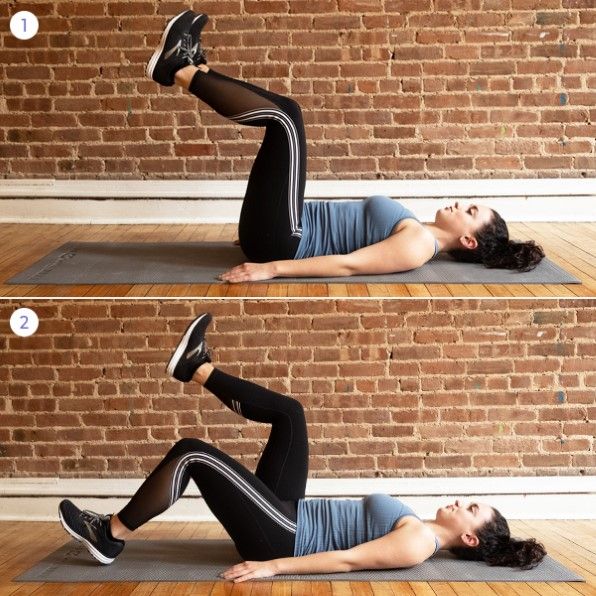 For control, you can put your hand on your side and feel the tension of the oblique abdominal muscles.
For control, you can put your hand on your side and feel the tension of the oblique abdominal muscles.
9. Pull-ups
A variant of the exercise is alternately pulling up the opposite elbow and knee in the supine position. That is, when lifting the top of the body, the leg also rises, the right elbow reaches for the left knee, while the second leg remains straight and does not fall completely to the floor. The movement must be performed precisely due to lateral twisting, due to the contraction of the oblique muscles.
10. Plank
Do not forget about statics. All types of planks - from the classic on straight arms or elbows, to the side ones - perfectly tighten the abdominal muscles. The main thing is that when standing, the body should be elongated in a straight line, without deflections and protrusion of the fifth point, and this is achieved precisely by the tension of the abdominal muscles.
I would also like to mention exercises that you should NOT perform in the hope of making a thin waist and a beautiful tummy.